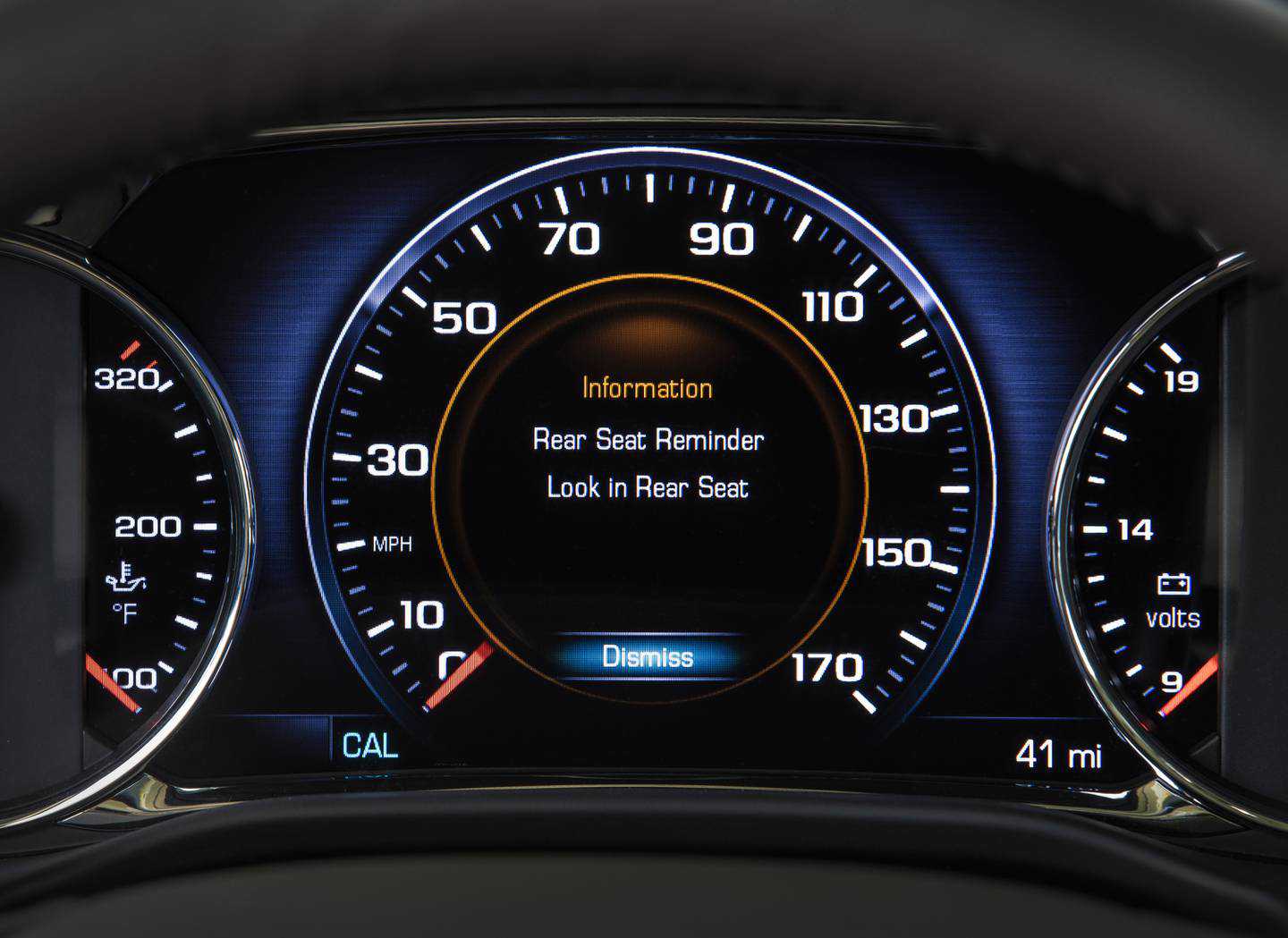New car technology helps prevent children being locked in hot vehicles
11 August, 2021

At this time each year, reports emerge of children being locked in cars or buses and, tragically, in too many cases, it ends in fatalities or severe heatstroke.
Thankfully, car manufacturers are now fighting the issue with technology, installing rear occupant detection features that can automatically text the driver if they’ve left someone locked inside.
Interior temperatures rise by nearly 20ºC within the first 10 minutes of leaving a car, meaning that in the peak of the UAE’s summer, it could reach the mid-70ºC mark in less than half an hour.
Incidents of unattended children in hot cars still occur regularly, according to Col Abdullah Muhammad Bishouh, head of the Dubai Police Search and Rescue Division, with as many as three incidents recorded daily.
The division announced in June that it had responded to 182 reports of unattended children and infants locked in hot cars and homes over the previous 17 months. In the first five months of this year alone, the police responded to 95 distress calls involving children and of those, 36 were stuck in cars.
Most cases of parents leaving unattended children in vehicles occur in the car parks of shopping malls, sometimes without air-conditioning, it was reported.
A global issue
This doesn't only happen in the UAE; it’s a global problem that has also come under the microscope in the US, where, according to General Motors, about half of all children aged under 14 who died of in-vehicle heatstroke up to June 2016, did so as a result of being forgotten.
The country, however, through its automotive manufacturing industry, has been able to develop ways to combat this killer.
In 2019, US Congress proposed the Hot Cars Act (Helping Overcome Trauma for Children Alone in Rear Seats) to mandate rear-seat occupant detection in all new cars, and earlier this year it was finally passed through the Senate. Now, all vehicles sold will need to incorporate this technology by 2025.
Europe is also forging ahead with its own rules, announcing that its new vehicle evaluation programme Euro NCAP will establish and apply Child Presence Detection from 2023. This means that additional safety points will be awarded to cars equipped with technology that monitors passengers locked in cars.
Ford Middle East is now in the process of installing this feature in its cars sold across the region, starting with the F-150 pick-up truck, as well as in some Lincoln models, with the intention of introducing it to other variants as they are updated.
“The safety and well-being of our customers is of utmost importance,” says Ravi Ravichandran, Ford Motor Company’s executive director for Middle East operations, direct markets.
“Our Rear Occupant Alert technology serves as a reminder to drivers to always check the rear passenger seats to avoid terrible consequences that could occur in a moment of forgetfulness.”
Ford’s system is triggered by the opening of a rear door at the start of a journey and is activated after the vehicle has stopped and the ignition turned off. A message immediately appears on the dashboard along with an audible warning for 10 seconds.
Does this technology really help?
The latest figures from US non-profit Kids and Cars show that numbers have already started to tumble after car companies installed this safety device before it became mandatory.
The child safety organisation said the number of incidents of child fatalities from being locked in cars in the US peaked in 2018 with 54. Since then, General Motors released the first car fitted with its Rear Seat Reminder in the GMC Acadia SUV and was quickly followed by Hyundai, which released its version later in 2018.
Ford, Nissan, Subaru and others have also introduced their own versions. Last year, the number of fatalities dropped to 26, and this year, there has been 11 incidents so far.
“According to statistics by Kids and Cars, an average of 39 infants and children per year die after being left in locked cars, so I think it is valuable that the industry advances new technologies which can prevent these types of accidents,” says Eung-Hwan Kim, senior researcher of the Electronics Convenience Control Development Team at Hyundai Motor Group.
“Automakers are applying safety measures such as prompting the driver via a message on the dash to check the rear seat when leaving the vehicle, however, this can still be overlooked by the driver. We have moved to the next phase of Rear Occupant Alert for the new Genesis GV70 by mounting ultrasonic sensors which can recognise movement and passengers in the rear seat area.”
Hyundai’s first Rear Occupant Alert system debuted on the 2020 Azera and has now been updated for the just-launched Genesis GV70 luxury SUV. Now, if the driver fails to acknowledge the message and audible warning while still in the car, it proceeds to lock it. A radar sensor mounted in the rear checks for movement inside and, if found, the hazard lights will flash and the horn will beep. If that still doesn’t work, it will also send a text message to the driver’s phone.
With these updates and new mandates, it’s safe to assume these features will be as familiar as seat belts and airbags in all new cars within five years.
Source: www.thenationalnews.com
TAG(s):
